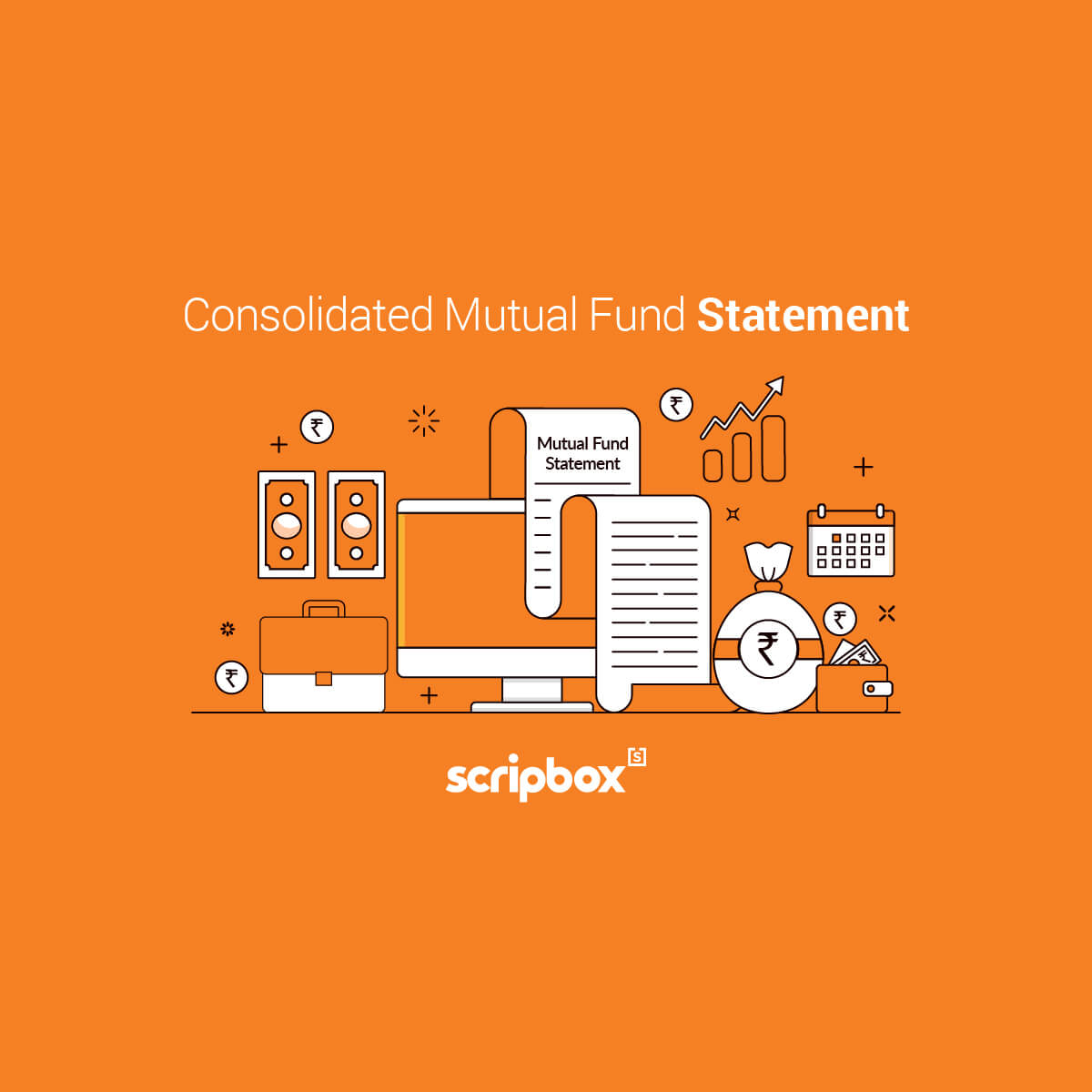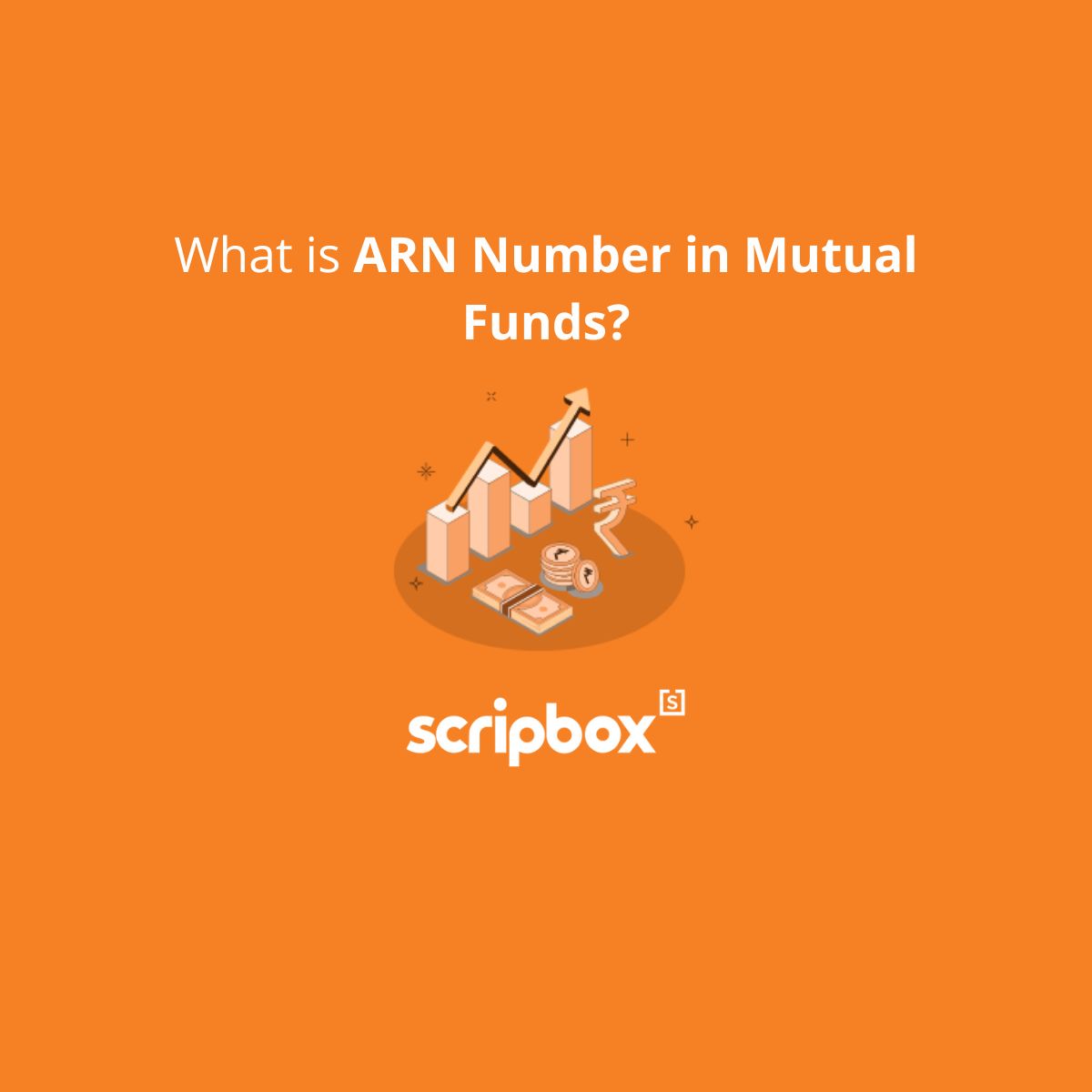The golden years of your life should not be spent worrying about where the next meal is coming from or how to pay for medical expenses. That’s why you must start planning for retirement now. So when those days come around, you can enjoy your free time instead of worrying. Therefore, when planning for those times, you must pick your investment options wisely. Provident Funds and Pension Funds are two popular retirement options available in India. In this article, we will compare Provident Funds Vs Pension Funds.
What is a Provident Fund (PF)?
The Provident Fund (PF) is a retirement benefits scheme that the government sponsors. Both the employer and employee are required to contribute an amount of money to this fund. This fund will eventually create a substantial sum when it is time for you to retire. The set of rules that govern the provident fund scheme, such as minimum age requirements, withdrawal limits are set by the government.
The Indian government has implemented two big schemes for its citizens under this category. These schemes are Employee Provident Fund (EPF) and Public Provident Fund (PPF). EPF is applicable to any employer-beneficiary in the private and public sector, where both parties contribute evenly. Meanwhile, PPFs are open accounts that anyone can invest money into. The investor must plan on investing for at least 15 years before opening a PPF account. In EPF, you can claim your retirement corpus after 58 years of age or if you’re unemployed for 60 days. Under EPF, employer and employee contribution will be 12% of the employee’s salary (basic salary + dearness allowance). In PPF, you can deposit a maximum amount of Rs. 150,000 per financial year.
Use: EPF Calculator
How do Provident Funds Work?
There are three pillars of EPF objectives:
- Accumulation of funds for retirement benefits
- Employee Pension after 58 years
- Employee Deposit Linked Insurance Scheme
The employer and the employee both contribute 12% of their income (basic salary and DA) to EPF. The money is split between EPF and EPS (Employee Provident Scheme). This means that an employees’ entire contribution goes into EPF. Whereas employer contribution is only 3.67% and the remaining goes to Employee Pension Scheme. EPF members are allowed to withdraw a part of the fund available under certain conditions, such as the ongoing COVID-19 pandemic. You can pull out the money post-retirement or if unemployed for two months or more. The EPFO has allotted every member with a Universal Account Number (UAN), which remains the same when you change jobs. The UAN ensures employees will be able to transfer funds from one account to another without losing them until retirement.
Use: PPF Calculator
Example of Provident Fund Working
Let’s assume the salary, i.e. Basic plus DA, is Rs. 50,000 a month.
Employee’s contribution is 12% of Rs. 50,000 i.e. Rs. 6,000.
Employer’s contribution will also be Rs. 6,000.
The entire amount of the employer’s contribution will not go to the EPF. It will get divided into multiple parts and here is how it will look like.
| Particulars | % | Amount |
| Employer’s contribution to EPF | 3.67% of ₹50,000 | 1,835 |
| Employer’s contribution to EPS | 8.33% of ₹15,000 | 1,250 |
| Employer’s remaining contribution to EPF | 8.33% of ₹35,000 | 2,915 |
Overall, 24% of Rs. 50,000 is the contribution towards this investment scheme.
This comes to Rs.12,000. Out of this amount, Rs.10,750 will go to EPF and Rs.1,250 will go to EPS.
| Particulars | % | Amount |
| Employee’s contribution | 12% of ₹50,000 | 6,000 |
| Employer’s contribution to EPF | 3.67% of ₹50,000 | 1,835 |
| Employer’s remaining contribution to EPF | 8.33% of ₹35,000 | 2,915 |
| Contribution to EPF | 10,750 | |
| Employer’s contribution to EPS | 8.33% of ₹15,000 | 1,250 |
| Total | 24% of ₹50,000 | 12,000 |
What is a Pension Fund?
A pension fund is a type of retirement planning scheme that both employers and employees contribute to. Pension funds are set aside for providing income during the employee’s retirement. However, it has traditionally been up to the employer in most cases.
Contributions are made by an employer as well as their employees into one pool of money.
The National Pension Scheme (NPS) is a pension fund backed by the Indian government in 2004. It was launched in two sections, i.e. Tier 1 and Tier 2. In Tier 1, government employees are required to put 10% of the basic salary and DA. Government contributes an equal amount on behalf of the employee to this scheme. Tier 2 is open for all, and there will be no contribution from the government.
Difference Between Provident Fund and Pension Fund
Compare Provident Fund Vs Pension Fund to ensure you invest in the one that suits your financial needs. You must look at the following differences between provident fund and pension funds to understand the details of each scheme.
| Difference | Provident Fund | Pension Fund |
| Contribution | EPF – Employee contribution is 12% of the total basic salary and dearness allowance. The employer’s contribution is also of the same amount.PPF- Only your contribution. | Employee and government contribution is 10% of your basic salary plus DA for the Tier 1 category. For Tier 2, there is no limit on the amount and there is no contribution from the employer. |
| Limit | EPF- No limit on deposit amount. Only the contribution percentage has to be followed.PPF- Maximum amount of Rs. 150,000 per financial year can be deposited. | No limit. |
| Applicable | Only Indians are eliglble. | Both Indians and NRI are eligible. |
| Withdrawal | EPF- Can be withdrawn before 5 years of service under special circumstances and is taxable. If an employee is unemployed continuously for 60 days, then the balance can be withdrawn. PPF- After 15 years. | Premature exit is only applicable after three years. Only 20% can be withdrawn and the rest 80% to be used to buy an annuity. |
| Returns | Fixed by the government. | As per market. |
| Tax Liability | Tax-free. | Annuity is subject to taxation. |
| Yearly Deposit | PPF- Minimum amount is Rs. 500 Maximum amount is Rs. 150,000. | The minimum amount is Rs. 6,000 but no upper limit is there. |
Check Out Difference Between UAN and PF Number
Provident Fund Vs Pension Funds: Which is a Better Investment?
Provident Funds and Pension Funds are both lucrative retirement schemes. They differ from each other on the basis of certain parameters, such as eligibility, returns, and contributions. While public servants are automatically enrolled in a pension fund scheme by default to ensure their financial security. Upon retirement, it is up to the investor’s discretion whether you want to contribute the money to any other plan.
The benefits of investing in both NPS and EPF are that investors can take advantage of tax deductions. They enjoy higher returns and can diversify their investment portfolio. Experts recommend an investor must invest Rs. 50,000 per year into their NPS account. If you have a higher exposure to equity investments you can save up to Rs.1.5 lakh under Section 80C on your EPF account. The returns may be lower but still substantial. You can also enjoy an income tax deduction of a maximum amount of Rs. 2 Lakh. This includes Rs. 1.5 Lakh under section 80C and Rs. 50,000 under Section 80CCD(2).
Check Out EPF Interest Rate FY 2021-22























Show comments